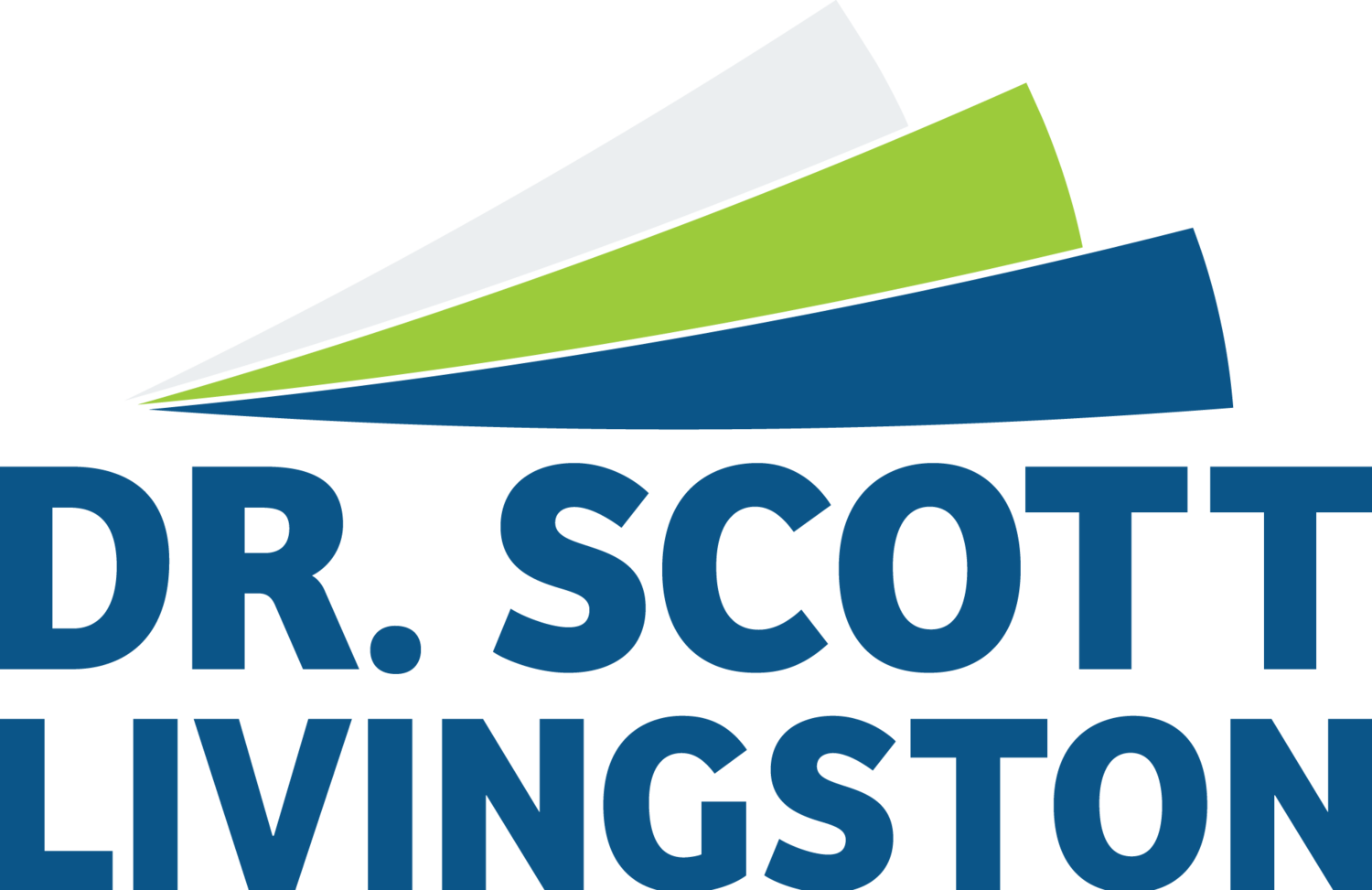I doubt that too many leaders wake up in the morning saying to themselves, “Gee, I wonder how I can erode my team’s trust today?” If they did they would either be pure evil or would be trying to get people to quit their team. To me, it is almost unconscionable that a person who was able to rise to a level of leadership in an organization would stoop to such madness.
The thing I find interesting in my executive coaching practice are the calls I receive asking for suggestions on what can be done when a leader has lost their team’s trust. So, I did some research on organizational leaders regaining trust and here is a brief summary of what I found.
Steps to Regaining Trust
Discern the Error. Since most leaders do not get up in the morning hoping to erode the trust of the team, it is important to decipher what went wrong. How small or large is the impact? Did you go back on your word? Are you making changes that people do not understand? Were changes made that were thought to be temporary but now they seem permanent? If the violation of trust is two-sided then some type of conflict resolution will be needed.
Assess the Impact. If the violation of trust is localized between one, or two, individuals then move as fast as you can to rectify the situation. Realize that even if it’s just a misunderstanding, word travels quickly in organizations. Try and remedy this as fast as possible. If the transgression is more systemic, then a more formal, systematic plan may need to be put in place.
Admit Publicly The Error Of Your Way...Quickly. Once you’ve identified your error, be prepared to make it right. Perhaps one of the most common trust errors is the perception of the leader using inconsistent standards to evaluate contribution. When this happens a leader needs to apologize for any inconsistency and strive for clarity around the standards being set.
Listen to Each Other. No matter if the erosion is localized or systemic, good listening skills by both parties are needed. Avoid trying to justify behavior or explaining your intention. There can be time for that level of clarification later. The thing that is needed most at this point is to sit down, show good empathy and try to understand where the other person is coming from.
Be Prepared to Apologize. The leader must have a humble posture in order to grant someone else a higher position than they take for themselves. According to Edgar Schein, this can be difficult for a leader because of the formal power granted by the organization where the follower is just expected to implicitly comply.
Follow Up with Compassion. According to trust and communication expert, Irina Schultheiss Radu, leaders need to build cognitive trust by showing they are reliable and dependable to work whatever plan has been put into place. At the same time, the leader needs to build affective trust by showing true care and compassion. (Click here to refresh your memory on cognitive and affective trust.)
When a leader finds themselves in trust-issues situations immediate action is needed in order for organizational effectiveness and efficiency to be restored. Are you currently rebuilding trust with your team members? What actions are you putting in place to recover the path toward trust?
If you are a leader who thinks you have lost trust, or you are forwarding this article to someone you feel has lost trust, take heart. In most cases the trust is recoverable. The path is not easy, but if approached with sincerity, restoration is possible.



